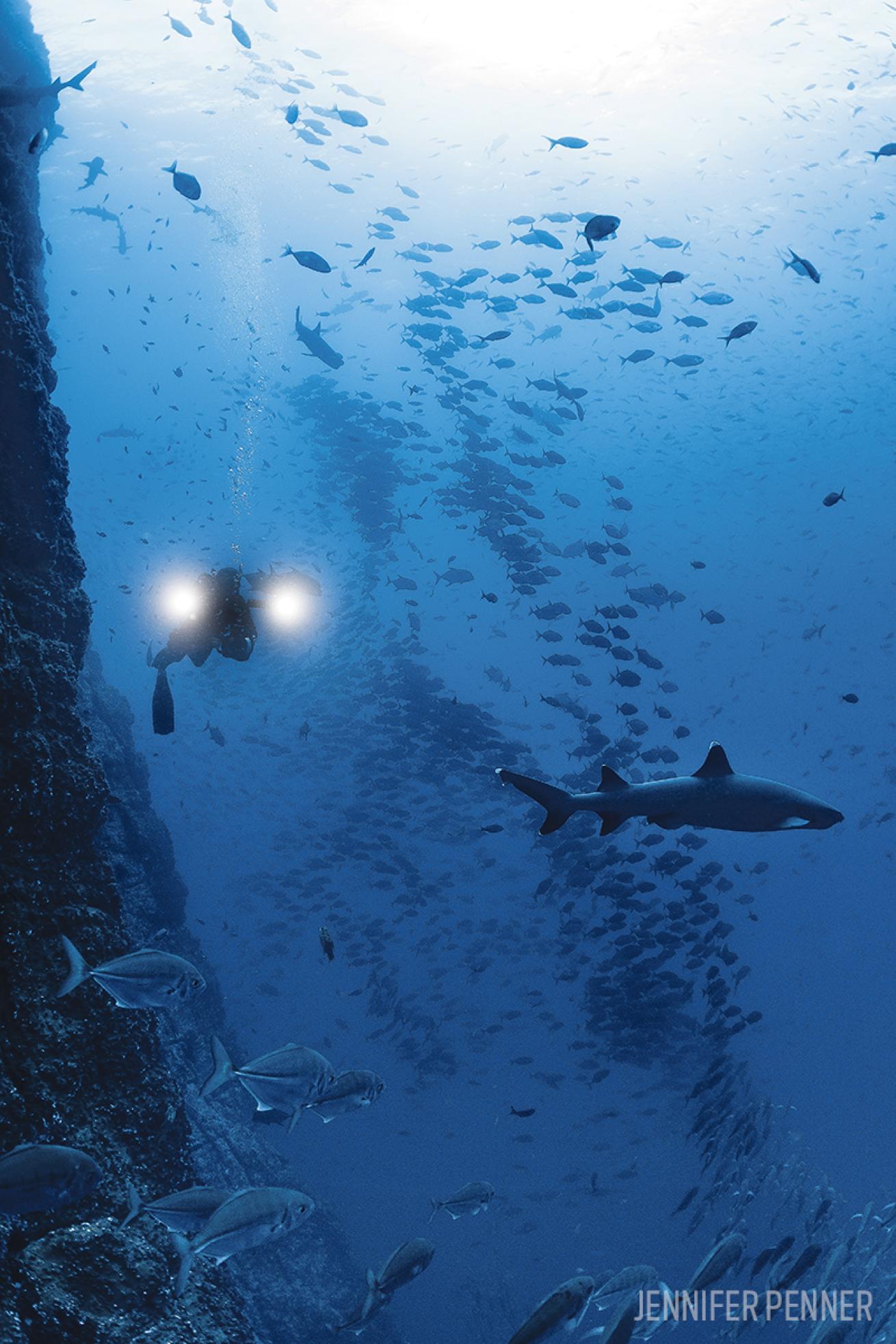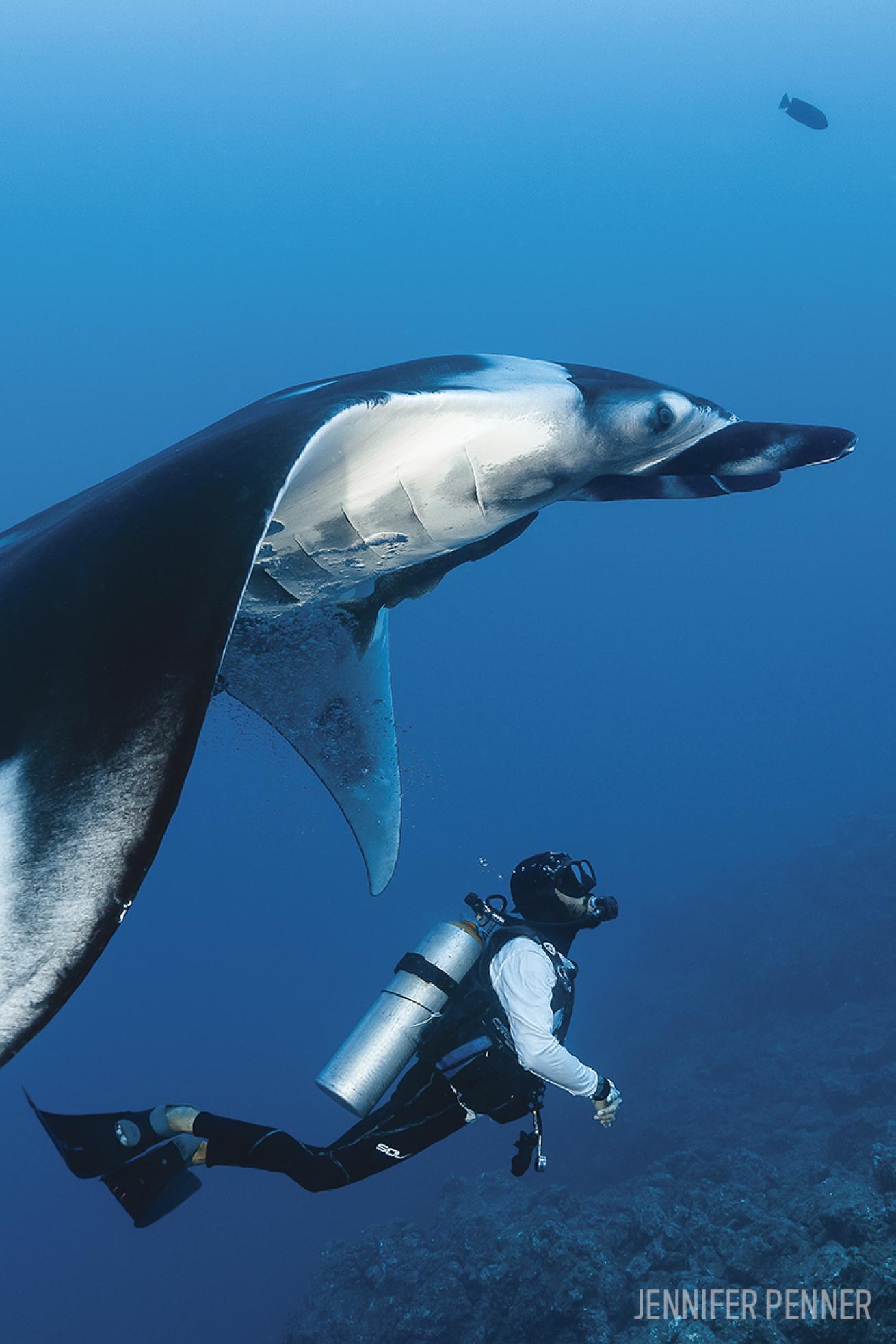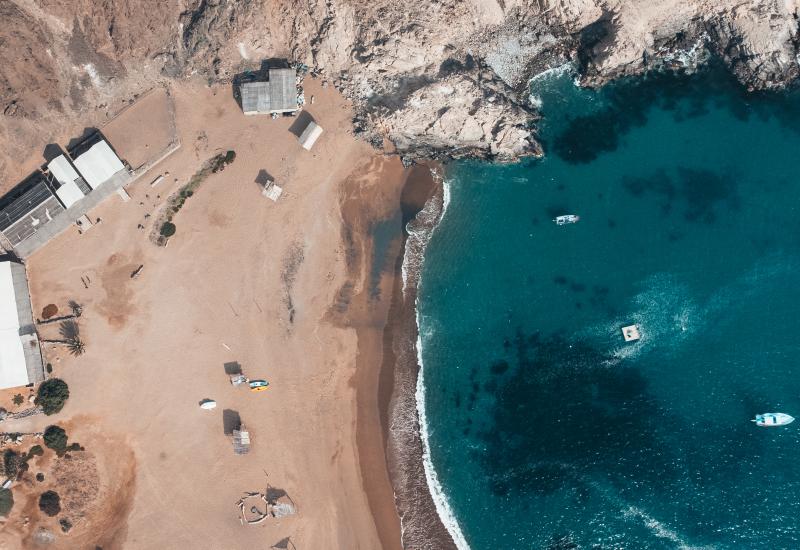Where to Dive the Best Seamounts in the World
"Seamount” and “pinnacle” are words that get divers’ blood pumping. These open-ocean peaks rise from the inky depths, either breaking the water’s surface or stopping just below it. They offer a bluewater dive experience, often with some of the underwater world’s greatest big-animal encounters. Spots like the Socorros off Mexico’s Baja Peninsula are the mere tips of massive undersea mountains, swirled by great Pacific currents that draw everything from planktonic food to pelagic hunters.

Jennifer PennerMexico’s Revillagigedo Islands, aka Socorros, includes bucket list worthy seamount diving.
Geologically speaking, the word “seamount” has a narrower definition. The National Oceanic and Atmospheric Administration (NOAA) says a seamount is any underwater peak that rises more than 3,280 feet (1,000 meters) from the seafloor, without breaking the water’s surface. To divers, though, seamounts and pinnacles can be just about any underwater mountain or spire-like rock or reef that we can explore on scuba. Some are small enough to be circumnavigated in a single dive, while others might be miles around.
Divable seamounts are found throughout the world’s oceans, from the Princess Alice Banks in the mid- Atlantic to the Red Sea’s Daedalus Reef to Hin Muang in Thailand’s Andaman Sea. But the Pacific Ocean is the seamount hot spot, literally, thanks to the vast ring of volcanic activity beneath the seafloor.

Jennifer PennerPelagics like this manta in the Revillagigedos are attracted to seamounts.
Volcanic hot spots are fixed areas where lava breaks through the earth’s crust as tectonic plates slide over the top. They build seamounts from the ground up, with lava oozing from the seafloor and hardening in cold water, building higher and higher for eons until the plates shift and they start all over again. In this way, the entire Hawaiian Island chain was created as a string of seamounts — right now there’s a new seamount, called Loihi, forming south of the Big Island, still some 3,000 feet below the surface.
Look around the South Pacific at atolls like Tubbataha in the Philippines or Fakarava in French Polynesia. These are the remains of older seamounts, ones that grew into mountains, accumulated encircling reefs, and then eroded away, leaving only the rings of reef and shallow lagoons where the tips of their peaks once stood.
Divers up for the ultimate seamount experiences often look to the Eastern Pacific, where a massive undersea range called the Eastern Pacific Rise stretches from Mexico to Antarctica, including the Socorros to Cocos Island and the Galapagos.
These Eastern Pacific seamounts boast incredible, unique ecosystems created by ocean currents. As the Pacific currents flow around the peaks, they swirl and eddy among the rocks, accumulating plankton that attracts massive filter feeders like whale sharks and manta rays. They serve as oases in the open ocean, drawing a veritable who’s who of big animals, everything from schooling hammerheads to sailfish and whales chasing undulating balls of baitfish.










